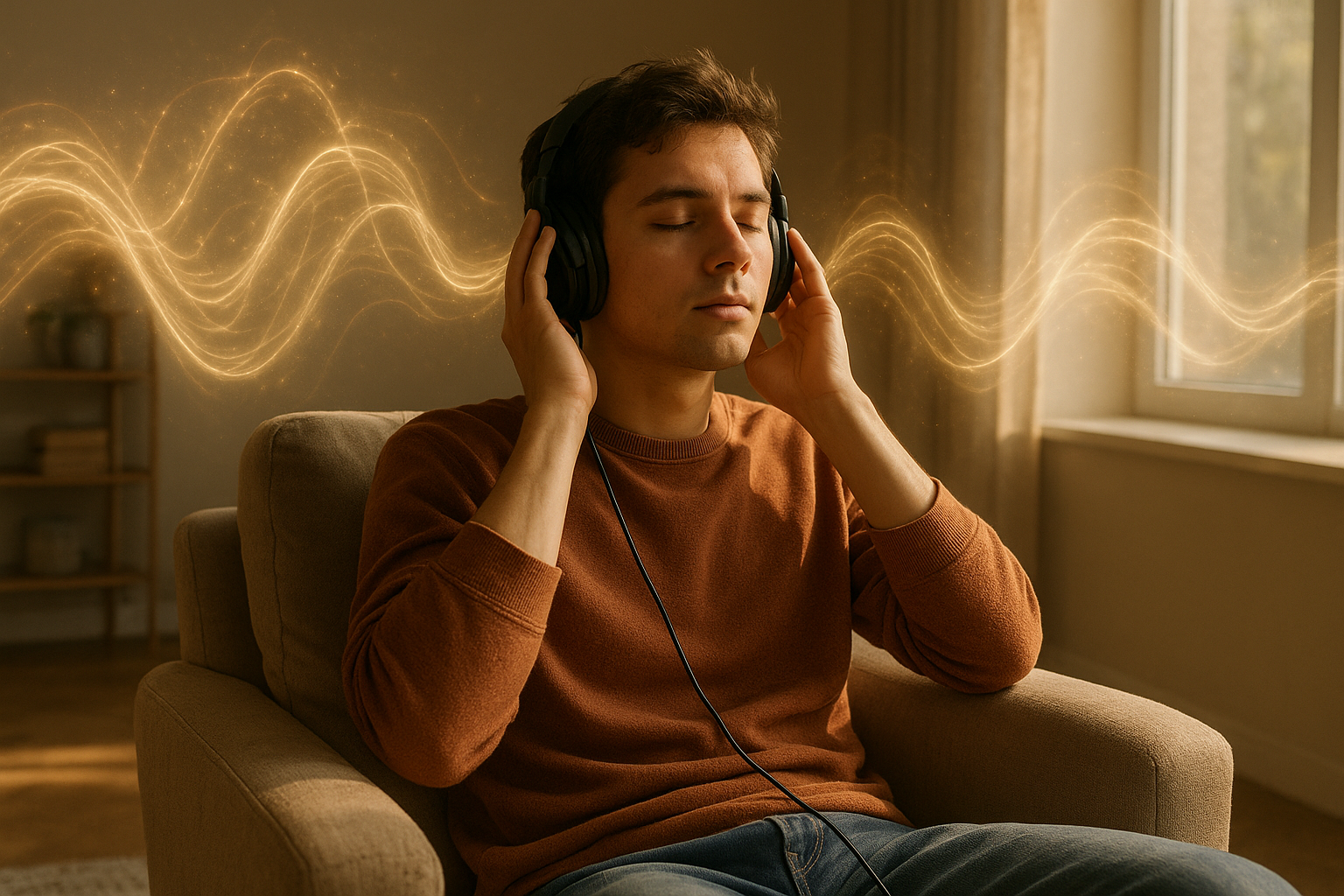The Healing Power of Music
In 2017, I survived a stroke caused by a chiropractor. I lost the ability to talk, swallow, and walk. My throat was paralysed, and I lost much of the sensation in my left side. As soon as I was able, I launched into rehab and began retraining myself to walk and talk. Fatigue and brain fog, both common for stroke survivors, made the process even harder.
Fortunately, because of brain plasticity and the fact that I was relatively young and healthy, rehab and occupational therapy worked well. Within a few months, I was back to being a functioning person and able to resume my music work. The residual effects of the stroke are diminished sensation on my left side and occasional neural pain in my leg. All things considered, I feel lucky. My therapists were surprised at the extent of my recovery. The throat specialists did not think I would ever be able to swallow properly again.
So why bring this up in a music production post? Because I was told more than once during recovery that my life in music helped me heal.
Playing piano strengthens the connection between the left and right sides of the brain. Because it requires both hands to work together while reading music, listening, and coordinating movement, it stimulates communication across the brain’s hemispheres and creates balance between creativity and analytical thinking. In a way, I had been unknowingly preparing for that stroke for most of my life.
As I mentioned, one of the lingering effects is occasional neural pain. If you have ever experienced it, you will know it is difficult to explain. It is not always an ache or a sting. Sometimes it feels like burning pins and needles. Other times it is sudden electric shocks. It can be hard to locate and even harder to treat. Unlike the warning signals of tissue damage, neuropathic pain is a malfunction of the nervous system itself. That is why it feels so different, lingers so long, and often resists conventional treatment.
Pain medication offers little relief and massage provides only temporary respite. For me, what worked best was sound, specifically binaural beats.
Alongside breathing exercises and meditation, binaural beats helped me. They do not mask the pain. They stop it. And the effects last much longer.
Once again, music came to my rescue.
Binaural beats occur when two slightly different tones are played, one in each ear. Your brain processes the difference as a subtle rhythm that you do not exactly hear but instead perceive. When the difference falls in the theta range (around 4–7 Hz), the brain naturally begins to synchronise with it. Theta brainwaves are linked to deep relaxation, meditation, and reduced perception of pain. Listening to theta binaural beats can quiet racing thoughts, ease tension, and create the mental calm the body needs to rest and recover.
At first, I dismissed binaural beats as a bit of “woo woo.” But the deeper I looked, the more supporting research I found. For me, the most powerful results come when I combine them with meditation, massage, and regular exercise. Still, the beats hold just as much importance as the others.
Music and its relationship with our brains and bodies has been honoured for as long as history can remember. It soothes the soul, it says what words cannot, and as it turns out, it can heal us too.
My story is a reminder that music is more than entertainment. It is exercise for the brain, medicine for the body, and a bridge between the two. Whether you are playing, listening, or exploring binaural beats, music has the power to strengthen, restore, and heal in ways we are only beginning to understand.

